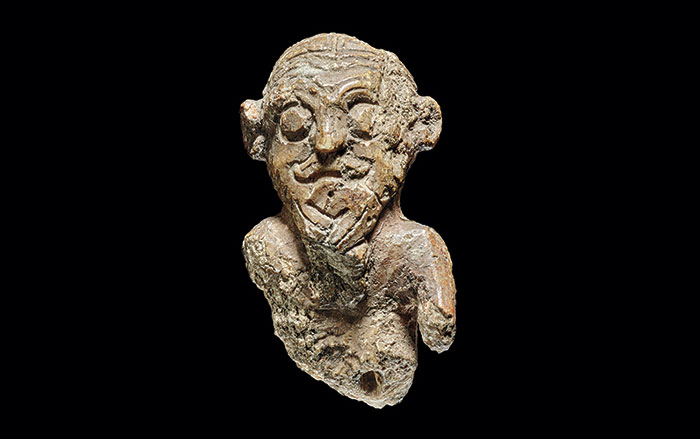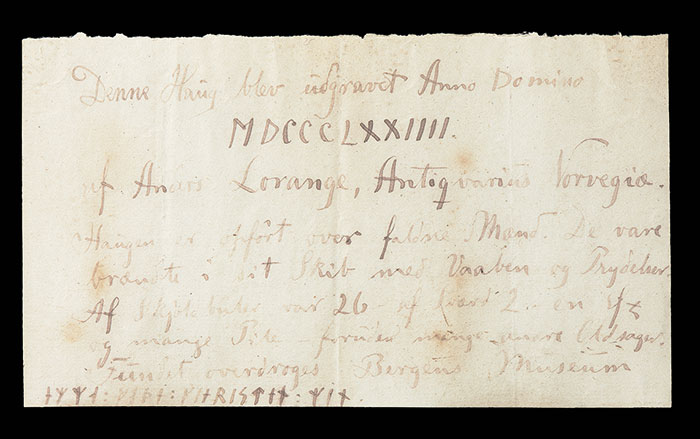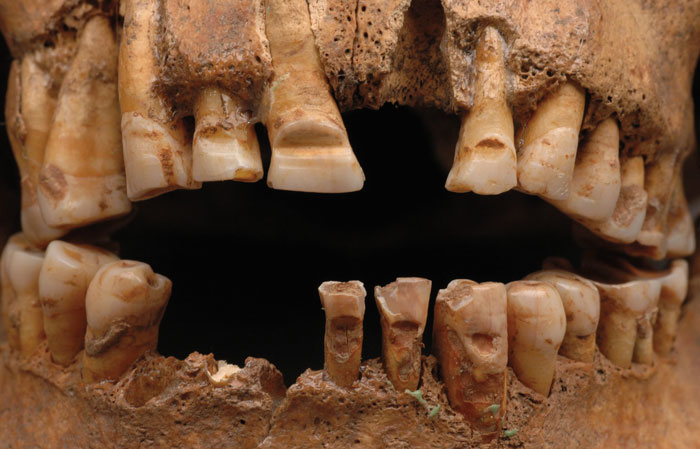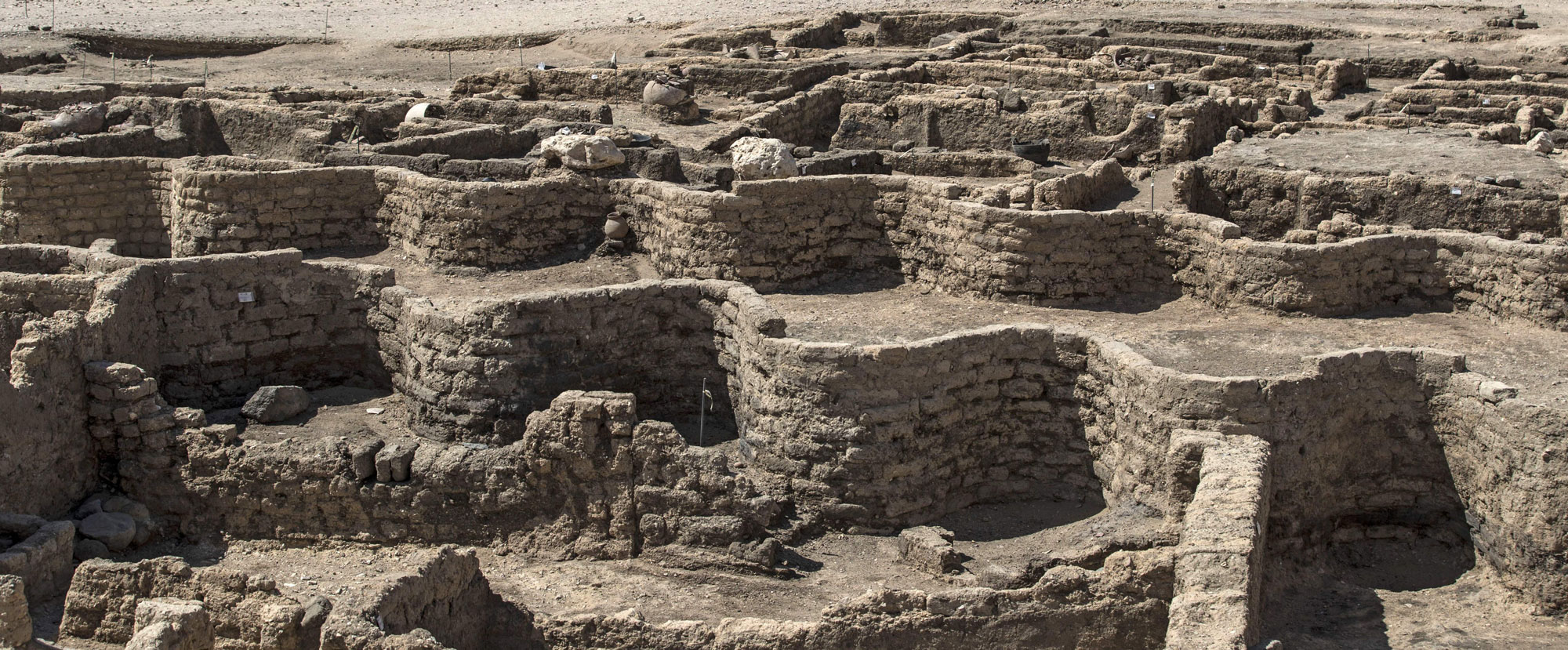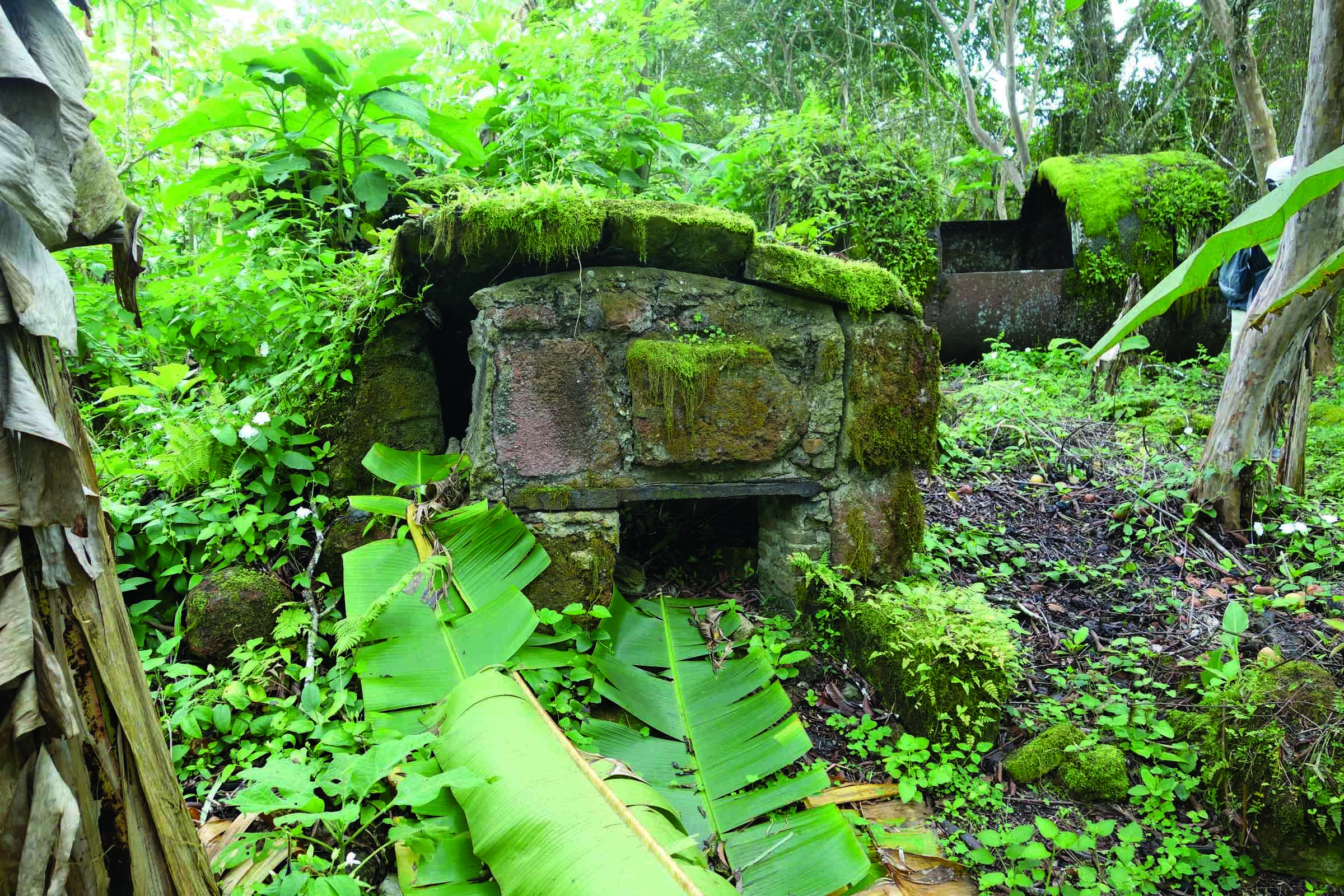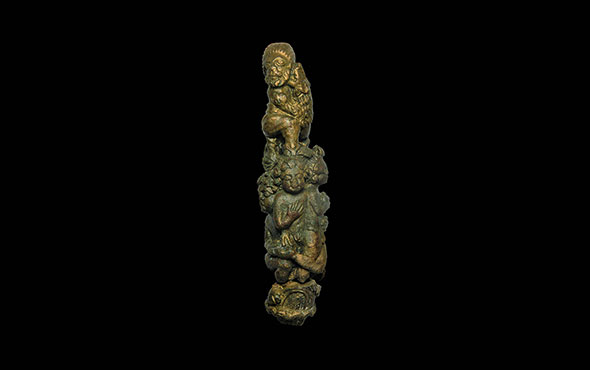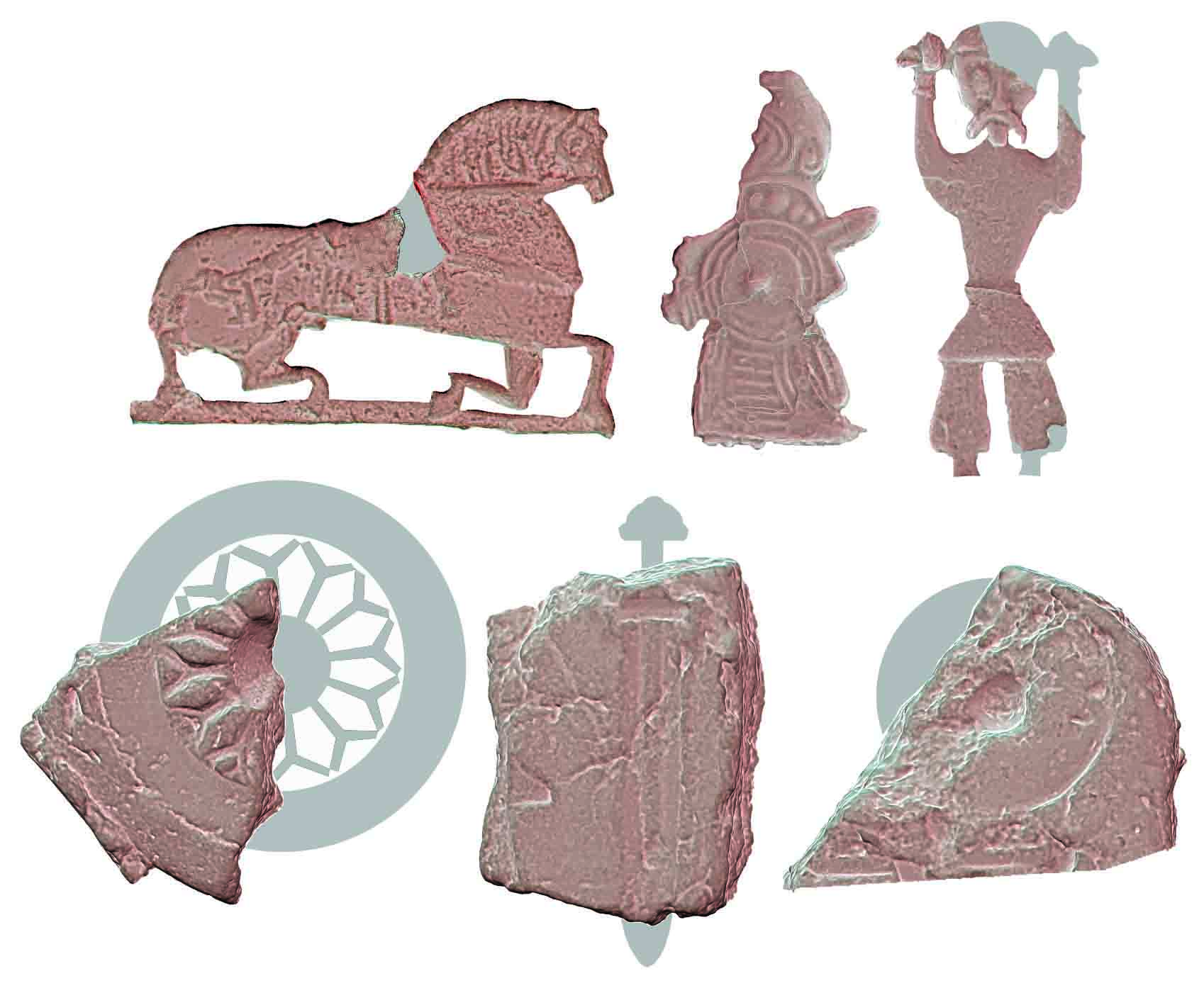
Small bronze figurines of women clad in armor and bearing weapons that date to the Viking Age have traditionally been seen as representations of Valkyries, the female warriors of Norse mythology who determined whether human combatants lived or died. Analysis of some of the 7,000 fragments of ceramic molds discovered at the site of Ribe in southwestern Denmark that were used to make these figurines, however, suggests that they actually depict human participants in ritual ceremonies. Using high-resolution laser scans of the ceramic fragments, researchers led by Pieterjan Deckers, an archaeologist now at the Vrije Universiteit Brussel, fashioned 3-D models of the complete molds that were used to create the figurines in the first few decades of the ninth century A.D. In addition to the armed women, these include a man pulling his hair, a saddled stallion without a rider, and miniature wheels, swords, and shields.
The team observed that the figurines crafted at the Ribe workshop are very similar to images on tapestry fragments found in the Oseberg ship burial in Norway, which also dates to the early ninth century A.D. Given that the Oseberg tapestries are generally understood to depict a ceremonial procession, Deckers and his team surmise that the figurines represent people participating in a ritual in which gender norms were upended. Deckers points out that the armed women wear antiquated helmets and long dresses that would be impractical on the battlefield. “They carry their shields under their arms, or even with the shield inside out,” he says. “They seem to be subverting the warrior image, playing a role.” Likewise, he says, the man pulling his hair is engaged in what was, at the time, seen as a typically feminine gesture.



